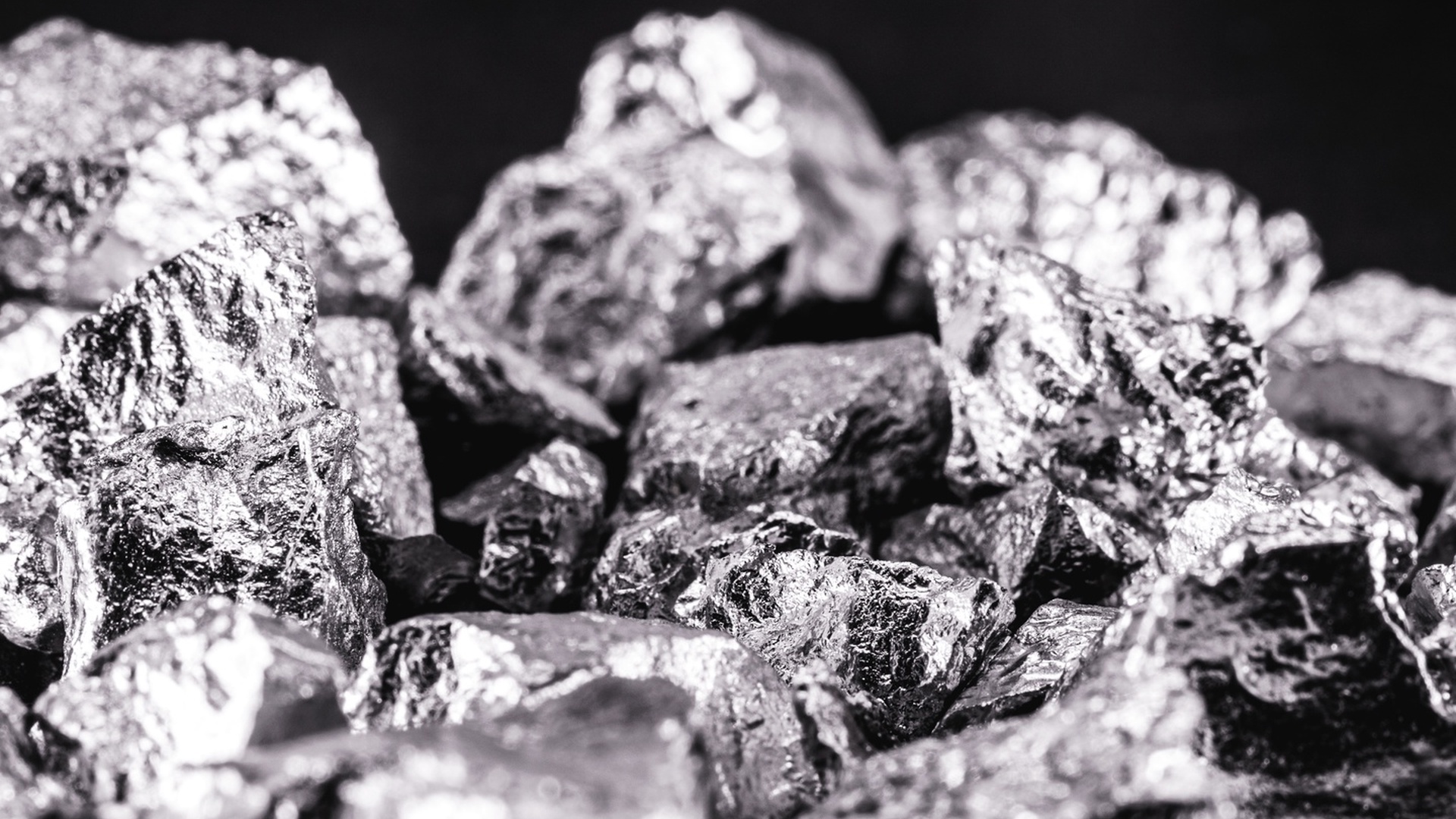

The family of Platinum Group Metals (PGMs), platinum, palladium, rhodium, iridium, ruthenium, and osmium, is renowned for its unique properties, including high melting points, excellent corrosion resistance, and catalytic activity. These characteristics make them indispensable in numerous high-tech and industrial applications. Despite their collective importance, osmium stands alone as the only PGM consistently excluded from official "critical minerals" lists maintained by leading economies like the United States and the European Union.
The designation of a metal as "critical" involves a strategic assessment that is primarily based on two key criteria. First, there is the consideration of supply risk, which takes into account the potential for disruptions in a metal's supply chain. This risk is influenced by various factors, including geological scarcity, the geopolitical concentration of mining and processing activities, and a high dependence on imports.
The second criterion is economic importance, which evaluates how a disruption in the supply of a metal could impact key sectors of the economy. Metals deemed critical are typically essential for industries that are vital to national security, facilitate clean energy transitions, and support defense, telecommunications, medical technology, and a range of industrial applications. Often, these metals have limited viable substitutes, making their availability even more crucial.
For example, metals such as platinum, which is essential for fuel cells and catalytic converters, palladium, which plays a dominant role in catalytic converters and electronics, and rhodium, which is crucial for automotive catalysts, routinely meet these criteria. Their widespread and indispensable roles in large-scale industries, coupled with their significant supply vulnerabilities, highlight their status as critical metals.
Osmium's exclusion from critical minerals lists stems from a combination of its inherent properties, market dynamics, and the nature of its industrial applications.
Osmium's unique properties find application in several specialized areas, despite its limited industrial use. One significant application is in electron microscopy, where osmium’s ability to stain biological tissues makes it invaluable for high-resolution imaging. Additionally, it plays a role in the creation of specialized alloys; even in minute quantities, osmium contributes to the production of extremely wear-resistant components, such as fountain pen tips, phonograph needles, and electrical contacts, where its remarkable hardness is indispensable.
In the realm of chemical catalysis, osmium is utilized in specific organic synthesis reactions, particularly within the pharmaceutical industry. Here, its catalytic properties are leveraged to achieve unique advantages in highly controlled environments. Furthermore, a niche market is emerging for crystalline osmium in the luxury sector, where it is appreciated for its rarity and distinctive aesthetic appeal in high-end jewelry and investment pieces. Although these applications are technologically advanced, they occur in quantities too small to have a significant economic impact on a national or geopolitical scale.
Unlike platinum's role in burgeoning hydrogen fuel cell technology, palladium's ubiquity in automotive catalytic converters, or iridium's critical functions in aerospace and specialized electronics, osmium plays no comparably indispensable role in core national infrastructure, defense systems, or widespread clean energy technologies. Its niche applications, though valuable, do not create a strategic dependency that would trigger critical mineral designation. In fact, recent critical minerals assessments by both the U.S. Geological Survey and the European Union have explicitly removed osmium (and often iridium) from their lists, reflecting this lack of broader strategic importance.
Osmium is primarily produced as a trace byproduct of platinum and nickel refining, meaning its supply is intrinsically linked to the production of these more widely demanded metals. While osmium is one of the rarest elements in the Earth's crust, its extremely low industrial demand means that the limited byproduct supply is generally sufficient to meet market needs.
Despite its high per-gram price (often exceeding gold due to its rarity and difficult processing), the total volume traded annually is minuscule. This low-volume, specialized market results in a stable environment without the significant geopolitical pressures or supply chain vulnerabilities seen with other PGMs. Secondary markets exist for recycled osmium from its niche applications, and the overall supply-demand balance does not indicate a risk of shortage that would impact critical sectors.
Osmium's remarkable density and rarity, while making it a fascinating element and a valuable commodity in specialized markets, do not translate into strategic importance on a global scale. Its severe toxicity, which restricts its widespread industrial adoption, coupled with its limited and niche applications, ensures that even a constrained supply can typically meet demand. This contrasts sharply with other PGMs, whose indispensable roles in high-volume, critical industries and more concentrated supply chains lead to their consistent designation as critical minerals. Osmium's status as the sole PGM not deemed critical underscores that strategic importance is determined not merely by rarity, but by essential economic function and supply vulnerability.
For industries dealing with valuable and exotic materials like PGMs, including trace or niche metals such as osmium, reliable and responsible processing is paramount. Companies like Johnson Matthey and Phoenix Refining specialize in the safe, regulated, and value-aware handling and recycling of Platinum Group Metals. Their expertise ensures maximum recovery from complex scrap materials, contributing to the circular economy of these precious and often hazardous elements.